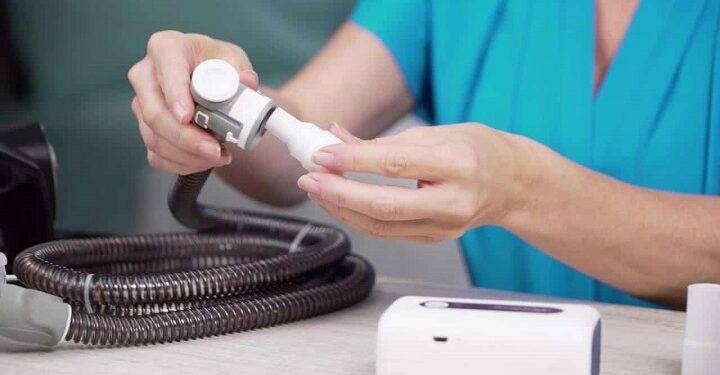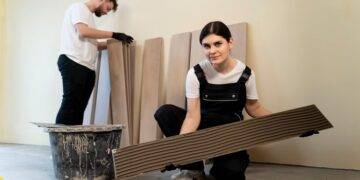Continuous Positive Airway Pressure (CPAP) therapy is a solution for people with sleep apnea and other breathing problems that can change their lives. But it’s important to clean and take care of CPAP devices in a proper way to make sure treatment works and improve lung health. So, CPAP cleaners have to be purchased.
In this blog, we’ll talk about how CPAP cleaners work, what they can do for you, and why they’re becoming more and more popular among people who use CPAPs. If you know how CPAP cleaners work and what they can do for you, you can decide if you want to add them to your CPAP maintenance practice.
Getting to Know CPAP Cleaners
CPAP cleaners are carefully made gadgets that use advanced cleaning methods to make sure that CPAP equipment is clean and safe to use. These gadgets get rid of the need to clean by hand, which takes a lot of time. The two most common ways for disinfecting CPAP machines are ozone cleaning and UV light sanitation.
1. Ozone-Based Cleaning:
Ozone gas is created by ozone generators and then delivered into a tightly sealed container housing the CPAP parts. Ozone is a strong oxidizer that breaks down germs, fungi, and viruses on the surface of the equipment and gets rid of them. After the cleaning cycle, the ozone goes away on its own, leaving no chemical smell or waste.
2. Ultraviolet (UV) Light Sanitation
The CPAP machine is cleaned with UV-C light. There are UV-C bulbs or LEDs in the cleaner that send out a specific type of light that kills bacteria. Bacteria, viruses, and fungi are successfully killed when the CPAP parts are exposed to UV light. UV light cleaning is a way to clean that doesn’t use any chemicals and is safe and good for the earth.
Why CPAP cleaners are a good idea
-
l Efficiency:
CPAP cleaners are easier and take less time than cleaning the machine by hand. Automated cleaning processes usually take between 15 and 30 minutes. This lets people keep their CPAP equipment clean without putting in a lot of work.
-
l Cleaning in depth:
CPAP cleaners are capable of reaching places that are hard to clean by hand, making the cleaning process more thorough. CPAP cleaners use mechanical ways to get rid of viruses, bacteria, fungi, and other pathogens that can build up on the machine over time.
-
l Odorless and clean:
CPAP cleaners that rely on ozone to clean don’t leave behind any smells or chemicals after the cleaning cycle is done. This is good for people who are sensitive to smells or who get allergic reactions from cleaning products.
-
l Safety:
Safety features are built into CPAP cleaners to protect both the person and the machine. They have monitors and controls that make certain the cleaning process is safe and controlled.
-
l Prolongs Equipment Lifespan:
CPAP parts last longer if they are cleaned regularly with a CPAP cleaner. By stopping germs and mold from growing, the cleaner helps keep the equipment running well and lasting longer.
Picking the Right CPAP Cleaner
When choosing a CPAP cleaner, it’s essential to think about how well it works with your unique CPAP machine, how easy it is to use, and what other features it has. Look for one that works with many different CPAP types and components. Easy-to-use displays, automatic timers, and easy-to-understand settings make cleaning easier. It’s also a good idea to choose a cleaner with various cleaning methods so that you can adjust the level of cleaning depending on your needs.
Conclusion
CPAP cleaners are a simple and effective way to keep your CPAP equipment clean and healthy. These devices successfully kill germs, viruses, and mold by using ozone-based cleaning or UV light sanitation methods. This keeps your CPAP machine in good shape. CPAP cleaners are becoming more and more popular because they save time, clean well, and have safety features.









